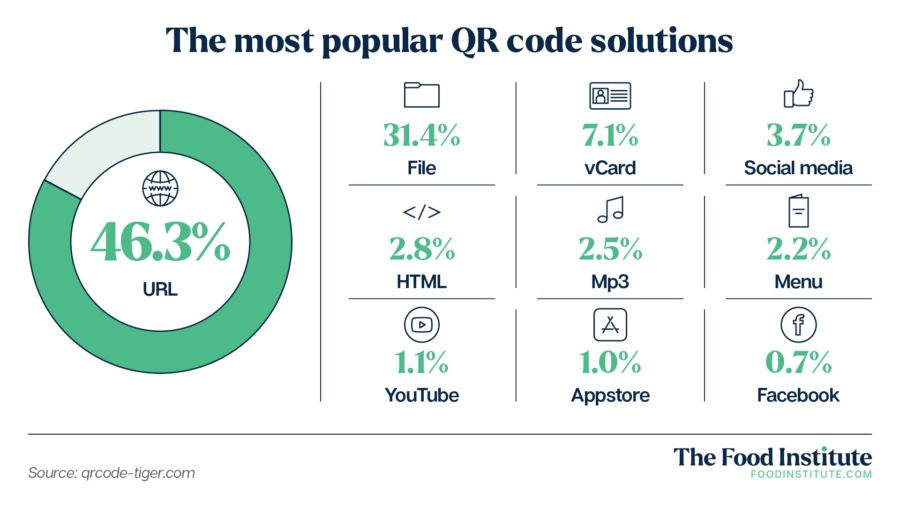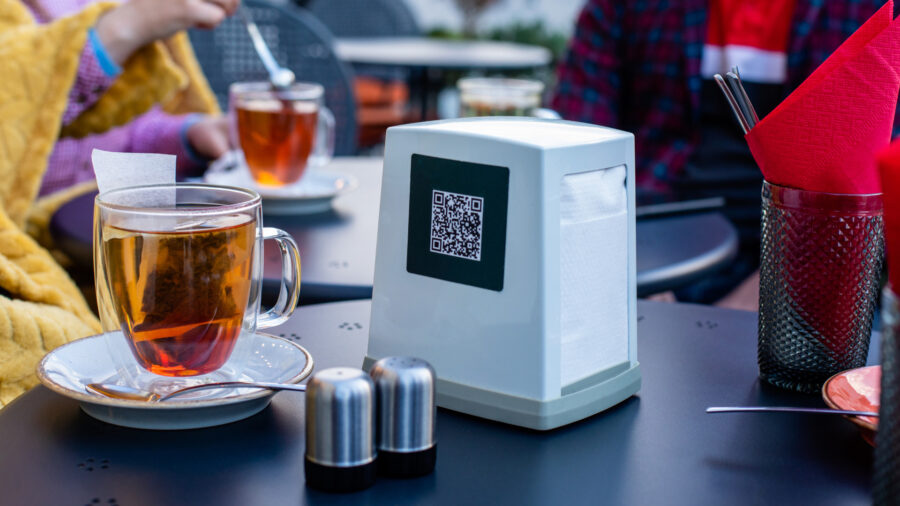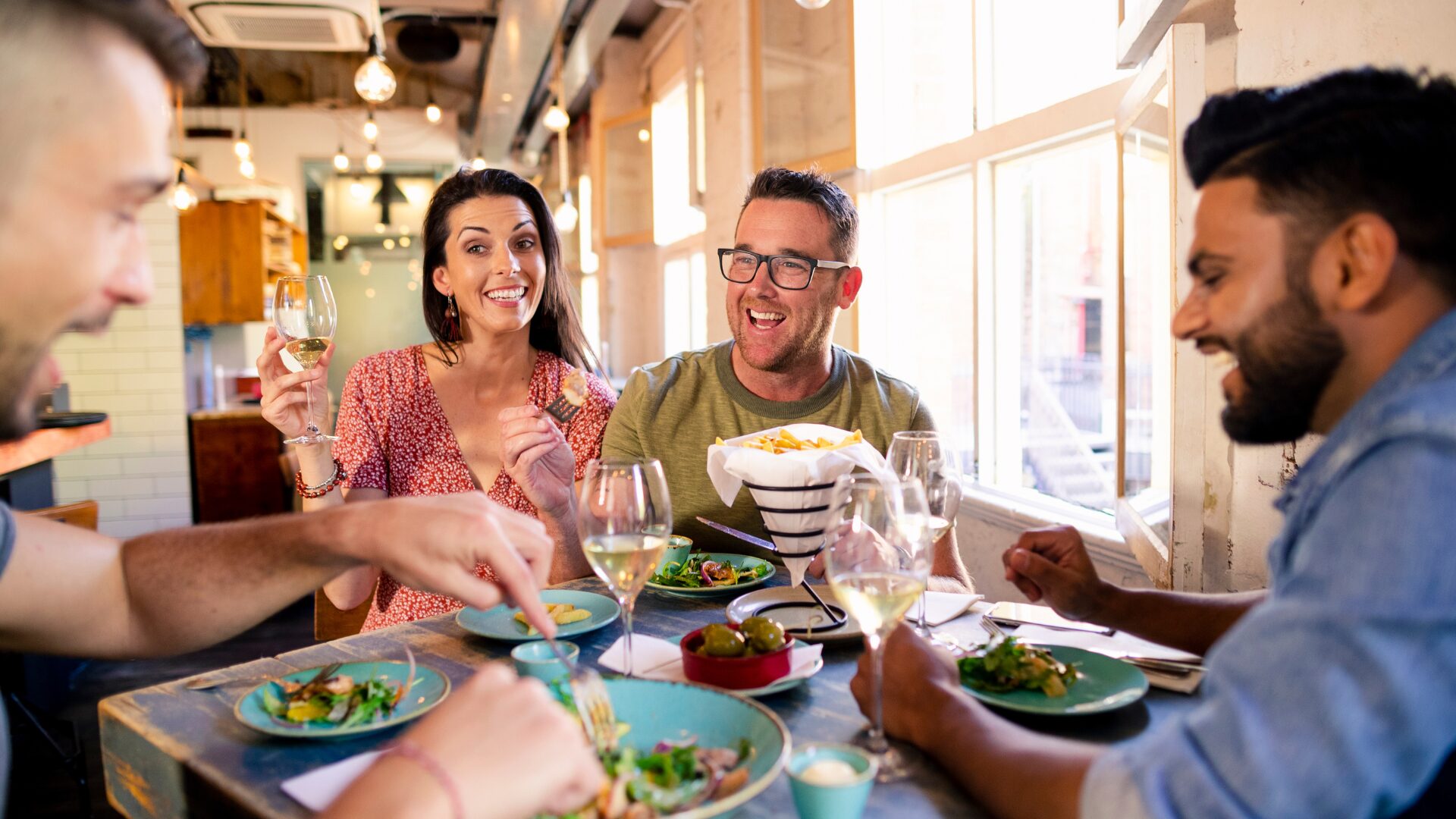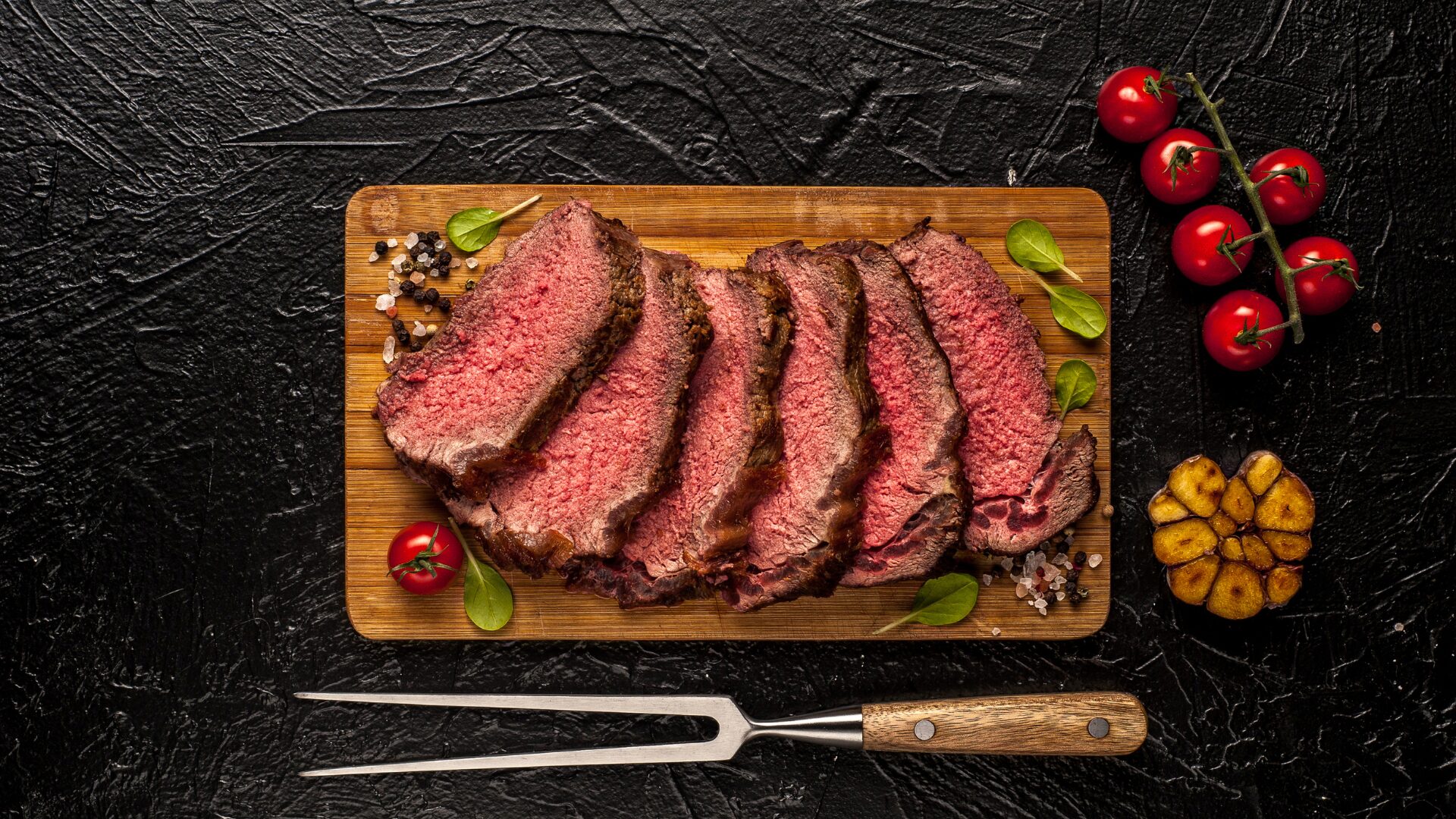Last week my family and I flew home late to Minneapolis from SEATAC airport just south of Seattle. The Open Space Tap Room was nestled near our gate, N14, its neon green FRESH BEER sign glowing like a beacon above the weary Memorial weekend red eye travelers. After I had fetched pizza for my kids (uneaten) and my wife had found a wrap and water (devoured; drank), I moseyed over to the Tap Room with my daughter. No good – no minors under 21.
I returned her to the table and gave her my phone to keep her happy. I moseyed back.
Also no good. The barseat coaster I had only half glanced at before 86ing Stella required my mobile to order and pay for food via QR code.
I returned, once again, to the family table. I haggled for my phone, checked my watch – plenty of time before boarding – and tried, once again, for 10 minutes to myself as my wife sat with the kids. I ordered a local lager via the cardboard square of digital detritus in front of me.
Again, no good. The bartender hadn’t activated my specific barstool account (“Seat 8”) yet on the digital teller, so the QR order didn’t take. Man alive, I thought, bro just wants a beer! I logged out of the Tap Room’s mobile site, scanned the code again, logged back in. Everything was jake; we got it sorted. I sipped my lager, paid via mobile, and flew home.
QR codes peppered most restaurants and bars for months as the OG pandemic gave way to the vaccinated pandemic and finally to the re-opened world we enjoy today. Many spaces, however, haven’t changed their QR proQlivities – if you will – begging the question, Is this the future of ordering or a relic of the recent past?
The QR Qonundrum
QR codes are neither the first restaurant tech and service to live at the liminal edge of business convenience and alleged customer “service” nor will they be the last. They were godsends during the pandemic for both parties; consumers could finally return to their favorite haunts, even in a limited capacity, as restaurants adjusted top to bottom to keep their staff employed and the lights on. That era, however, is behind us, leaving a vacuum and a question: how, and why, should some businesses do away with table- or barside QR codes, and what should be expected from both business and consumer?
“[QR] codes are almost universally disliked,” said Kristen Hawley, founder of Expedite, a restaurant tech newsletter, to The New York Times.
Citing speed and convenience as a priority, Hawley also explained the larger effect they can have on staff, or even a party’s guests; referring to your phone constantly during a meal is rude, and no one wants to feel bothersome by requesting a printed menu. They can kill the intimacy and joy of eating out with friends and family and can even dehumanize wait staff, rendering them more like robots than servers with intimate knowledge of the restaurant, the cuisine, the history of the business. QR codes can even diminish physical cues waitstaff have relied upon for centuries; instead of eyes searching the floor for a waiter and their check, those eyes are now cast down or focused on everyone at the table as the business of leaving the restaurant is largely out of the employees’ hands.
Meanwhile, many consumers are frustrated with their favorite establishments’ perceived lack of hospitality. A recent article, also in The New York Times, reported that many chefs and business owners are crafting menus that appeal more to influencers and big spenders amid inflation and a riotous food market that’s just finally stabilizing after record price increases to eggs, pasta, and now beef.
At Chili’s, chief executive Kevin Hochman created the “G-WAP” metric: Guests with a Problem. The metric rose so quickly he made immediate moves: cancel the robots-as-servers pilot program. Use managers to also bus tables. Simplify the ordering and serving processes. The goal: provide guests more time with their servers.
“When you go out to eat you want to be waited on, and that hasn’t changed,” Hochman told The New York Times. “People pulled back on those expectations a little because of the state of labor and staff, but I think that’s kind of over now. They want a fast and fun, inviting atmosphere.”
Despite many streamlining opportunities for business owners (plus a minimal fee, usually $50 – $100 per month per unique QR code), many consumers simply aren’t prepared to enjoy themselves when a QR code gets in the way of the experience. A recent survey from RestaurantDive.com reveals that 47% of consumers are uncomfortable with QR codes, for consumers over the age of 60 – Gen X and borderline Boomer territory – that number leaps to 65%.
The QR Qonundrum doesn’t have to be an all-in or all-out decision, however. Instead, a hybrid approach, using lessons from the business side of the pandemic and the consumer side of hospitality, may be a viable way forward for businesses large and small.
“I believe QR codes still offer convenience and efficiency for both businesses and the customers,” said Chinmay Daflapurkar, an SEO specialist at Arista Systems, to The Food Institute. “They eliminate the need for physical menus, paper receipts, and lengthy payment processes. In the hospitality industry, integrating QR codes can be cost-effective and easy to implement. They streamline operations, reduce wait times, and enhance the overall dining experience. However, we should also ensure we provide options for customers who may prefer traditional methods or face difficulties with technology,” such as integrating QR codes into existing POS systems while offering alternatives like traditional menus, cash payments, or mobile payment apps.
“This way, we ensure that our customers have choices and feel comfortable engaging with us in a way that suits them best. Flexibility and adaptability will be key in navigating the transition from the QR code-focused era to a more diversified engagement landscape.”

“Despite their ubiquity in foodservice, QR codes comprise little more than 2% of codes in the wild in direct-to-menu applications.”
Matt Eisenacher is senior vice president, brand strategy & innovation at First Watch Restaurants, a breakfast, brunch, and lunch chain with more than 500 locations nationwide. Eisenacher says First Watch uses paper menus to highlight seasonal offerings and saves QR codes for guest-driven experiences.
“In March 2023, First Watch launched its largest seasonal, limited-time menu campaign…hidden on the back of the menu was a small QR code with a message like, “You’ll really want to visit this!” Those who noticed were led to a secret sweepstakes opportunity tied to the Tropical Sunrise launch and had the chance to win a trip to Florida.”
The gambit worked. In 20 days, the campaign prompted over 99,000 customers to opt-in to the restaurant’s CRM database, and over the past year, Eisenacher has continued to elevate the menus of First Watch with guest-driven experiences and opportunities and hopes to provide more “drops” to reach millennial and Gen Z customers.
“Restaurants can actually elevate the dining experience with the QR code as long as it’s done right,” says Bob Vergidis, founder and chief visionary officer at pointofsale.cloud.
“For example, QR codes can allow guests to order together and share the experience, making the process better. It’s all about the right solution, for the right customer, at the right time, and if used correctly, it can leave guests and restaurants happier.”
QR codes can also help break down language and cultural barriers. In the same article above, The New York Times reported that Nom Wah, the restaurant group and famous dim sum mecca in Manhattan’s Chinatown, caters to the international crowd by linking QR codes to pictures and menus in Chinese, helping non-English speakers enjoy a premium experience without (too) much hassle to bridge the language gap. Nom Wah supplements the digital process with simple paper menus and check boxes to ensure accuracy from all parties.
All parties, however, may mean more than just the consumer and the business.
QR SeQRity
Like all mobile-driven applications, QR codes come with their own suite of security risks.
“QR codes are convenient for restaurants and businesses, but cybercriminals can easily abuse them to phish unsuspecting consumers,” said Caroline Wong, chief strategy officer at Cobalt, a cybersecurity company. She described a rising tide of QR-enabled cybercrime over the past few years.
“We’ve all become conditioned to scanning QR codes to browse menus and even pay bills – and cybercriminals have capitalized on this comfort level through the use of malicious QR codes. While you may think you’re scanning a code to pay for a parking meter, and the site will look legit, you’re actually entering your credit card details directly into a thief’s database.
“Cybercriminals are hitting consumers on more and more digital fronts. Staying vigilant and arming yourself with tools like secure scanner apps and password managers will help keep your accounts protected.”
For most consumers, arming their phones with cybersecurity measures before ordering a basket of wings from a tableside coaster is not top-of-mind when enjoying a meal out. Nonetheless, QR codes represent a digital hazard as much as any other online interaction.
“Ultimately, the fate of the QR code will depend on how businesses and customers adapt to post-pandemic practices,” Daflapurkar continued.
“While it may not disappear entirely, its prominence might diminish as new technologies and engagement methods emerge. Striking a balance between convenience, customer preference, and inclusivity will be vital for us to thrive in the evolving landscape of customer engagement.”
It will also be vital for guys like me to better engage places like The Tap Room (though operator error remains a large part of my vocabulary). The only thing that’s certain in this industry is change; how businesses and consumers (QonsumRs?) react has as much to do with personal perspective as technological wizardry and balancing the value proposition of a night on the town.












